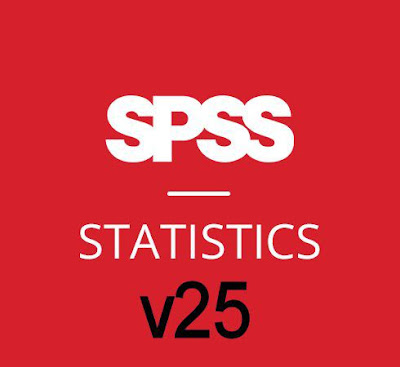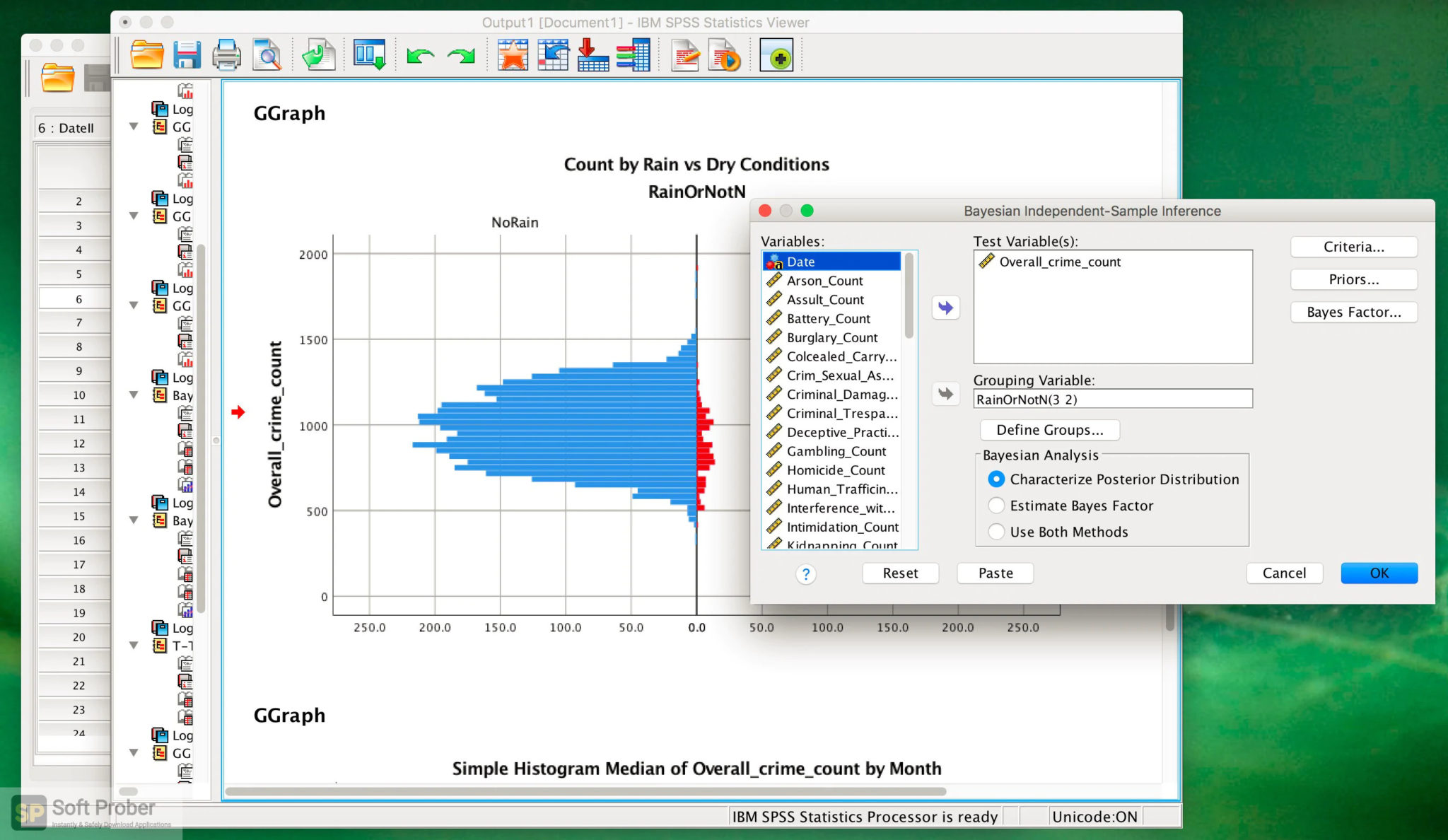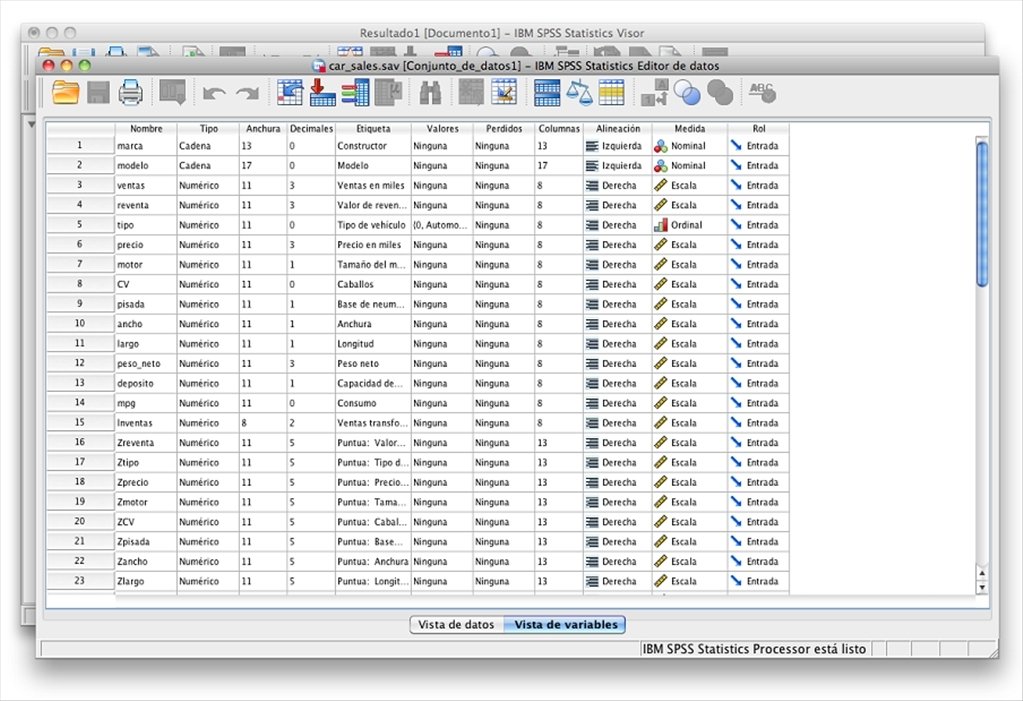
These findings suggest that older adults have multisensory integration-related attentional deficits. However, crucially, this attentional manipulation significantly affected audiovisual integration in younger adults, but not in older adults.


A 2 × 2 × 3 mixed ANOVA revealed that when participants attended to the validly cued location (i.e., when attention was present), susceptibility to the stream-bounce illusion decreased. Thirty younger and 30 older adults completed a cued-spatial-attention version of the stream-bounce illusion, assessing the extent to which the visual and auditory stimuli were integrated when presented at three different stimulus-onset asynchronies, and when attending to a validly cued or invalidly cued location. This study investigated the age-related changes to the attentional modulation of the TBW. However, due to their age-related declines in attentional control, it is not yet known whether older adults can deploy attentional resources to narrow the TBW in the same way as younger adults. Recent research suggests that attentional cues can narrow the width of the TBW in younger adults, sharpening temporal perception and increasing the accuracy of integration. With increasing age, the TBW becomes wider, such that older adults erroneously, and often dangerously, integrate sensory inputs that are asynchronous.

During multisensory integration, the time range within which visual and auditory information can be perceived as synchronous and bound together is known as the temporal binding window (TBW).


 0 kommentar(er)
0 kommentar(er)
